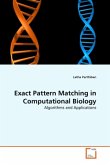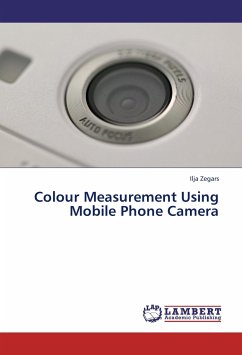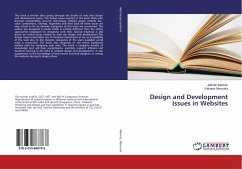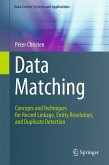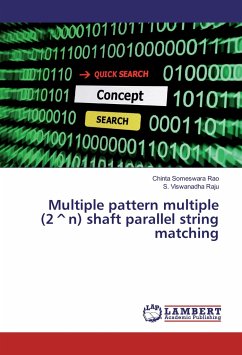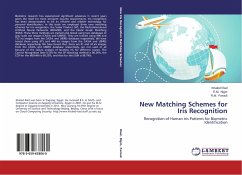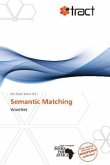Colour matching in leather dyeing is currently done by visual trial and error method. The accuracy of colour matching depends mostly on the experience and judgment of dye-yard technologist and hence in many cases, good colour matching may not be achieved in short time. Though computer aided colour matching has become common place in the textile, paper and paint industries, it still remains only as an academic curiosity in the leather industry. Today, there is no dedicated software available for leather dyeing. The packages available commercially are meant for one of the other industries mentioned earlier. In the present work, an attempt has been made to develop suitable software for leather dyeing. The single constant method based on the famous kuhelka-Munk equation involving scattering and absorption co-efficient was utilized for developing the program using the C++ language for prediction of recipes for fashion shades in the dyeing of suede garment leathers. For this study, a database developed with a set of highly compatible dyes was made use of.
Bitte wählen Sie Ihr Anliegen aus.
Rechnungen
Retourenschein anfordern
Bestellstatus
Storno


